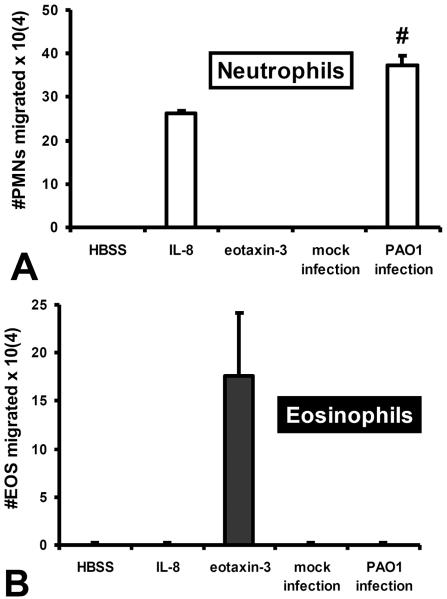Figure 6. Pathogen infection of epithelial cells drive neutrophil, but not eosinophil trans-epithelial migration.
H292 epithelial barriers not infected (mock infection) or infected apically with P. aeruginosa (PAO1 infection) are examined for their ability to promote basolateral to apical trans-epithelial migration of either (A) neutrophils or (B) eosinophils. Established gradients of the neutrophil chemokine IL-8 and the eosinophil chemokine eotaxin-3 are included as positive controls for neutrophil specific and eosinophil specific trans-epithelial migration respectively to demonstrate purity of each granulocyte population. Absence of a chemotactic gradient (HBSS) serves as a negative control. Data represent a single internally controlled experiment (n = 3). The symbol (#) represents a statistically significant increase in the number of migrated granulocytes across PAO1 infected epithelial monolayers compared to mock infected epithelial monolayers for a compilation of two independent experiments (n = 5), P = 0.002).

